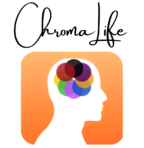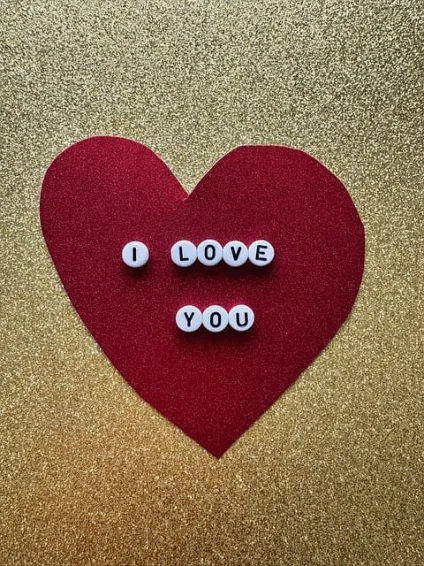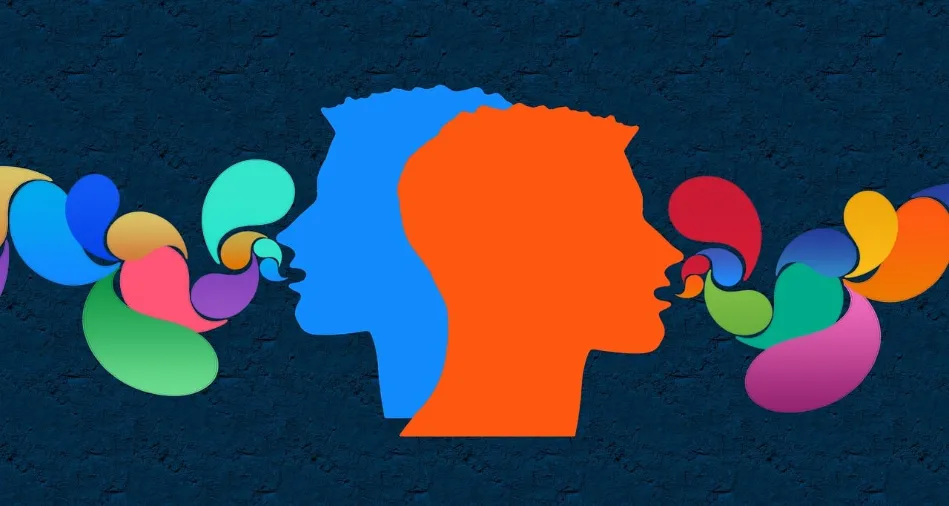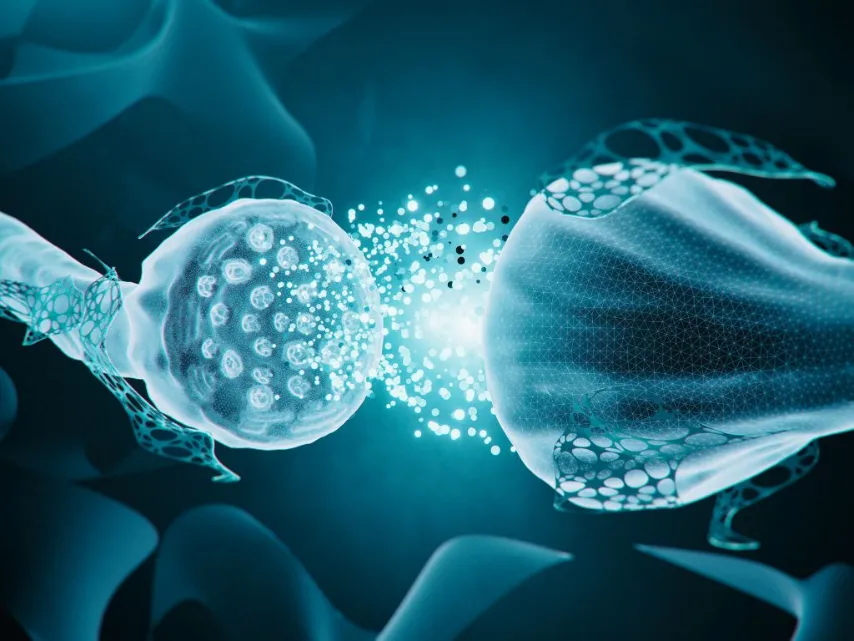[read-time]

Table of Contents
- The Importance of Friendships
- Understanding Color Types Personality
- How Color Personality Types Influence Friendships
- How to Identify Your Color Types Personality
- Tips on How to Make Good Friends
- Breaking the Ice: Conversation Starters for How to Meet New People
- Building Strong and Lasting Friendships
- The Role of Trust and Communication in Friendships
- Nurturing Friendships in a Digital Age
- The Takeaway
- FAQs
- What is the personality color test?
- How can knowing my personality color help me make friends?
- What are some effective ways to make new friends as an adult?
- How do the different personality colors typically interact in friendships?
- Can people with different personality colors be good friends?
- How can I use my personality color to improve my social skills?
- Are there any downsides to relying too heavily on personality color tests for making friends?
Knowing how to make new friends is a daunting task, especially as we get older and our social circles become more established. However, the importance of friendships cannot be overstated – they provide emotional support, expand our horizons, and enrich our lives in countless ways. In this article, we’ll explore how understanding your color types personality can help navigate on how to make good friends and cultivate meaningful connections.
The Importance of Friendships
Friendships are the glue that holds our social fabric together. They offer a sense of belonging, a safe space to share our thoughts and feelings, and a network of support during both good and challenging times. Studies have shown that strong social connections can improve our physical and mental well-being, boost our self-esteem, and even extend our lifespan.
Understanding Color Types Personality
Personality types can be a useful tool in understanding ourselves and others. One popular framework is the color personality system, which categorizes individuals into four main types: Red, Blue, Yellow, and Green. Each color type has its own unique strengths, communication styles, and social preferences, all of which can impact the way we form and maintain friendships.
How Color Personality Types Influence Friendships
- Red Personalities: Reds are driven, assertive, and often prefer fast-paced, action-oriented activities. They may thrive in friendships that offer intellectual stimulation, shared goals, and opportunities for collaboration.
- Blue Personalities: Blues are empathetic, loyal, and value deep, meaningful connections. They may be drawn to friendships that provide emotional support, open communication, and a sense of community.
- Yellow Personalities: Yellows are optimistic, social, and enjoy lighthearted fun. They may seek out friendships that offer a balance of social engagement, spontaneity, and positivity.
- Green Personalities: Greens are analytical, detail-oriented, and often prefer a more reserved approach to socializing. They may be attracted to friendships that offer intellectual discourse, shared interests, and a respectful, low-pressure environment.
How to Identify Your Color Types Personality
Once you’ve identified your color type, you can start to understand how it may influence your friendship-building preferences and strategies.
Tips on How to Make Good Friends
How to meet new people?
- Step Out of Your Comfort Zone: Attend social events, join a club or organization, or try a new hobby – these are all great ways to meet potential new friends.
- Be an Active Listener: When conversing with someone new, focus on asking questions and showing genuine interest in their life and experiences.
- Embrace Your Unique Qualities: Celebrate what makes you unique and don’t be afraid to let your personality shine through.
- Follow Up and Follow Through: If you’ve made a connection with someone, don’t be afraid to reach out and suggest meeting up again.
Breaking the Ice: Conversation Starters for How to Meet New People
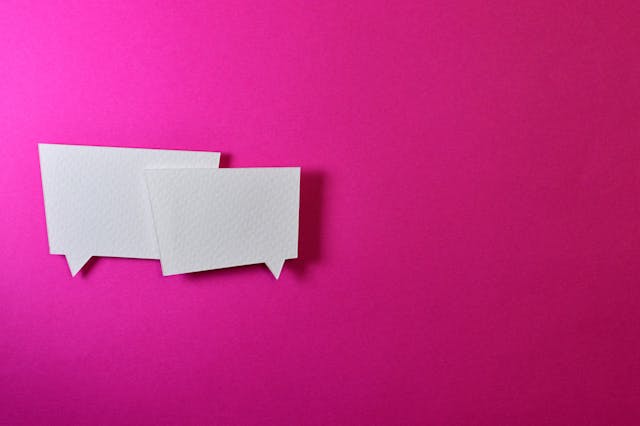
How to make good friends?
The first step in making good friends is probably the hardest. So, we have provided some conversation starters below, for a number of scenarios:
- “I noticed you were also at the [event/activity] – what did you think of it?”
- “I see you’re wearing a [item of clothing/accessory] that looks really interesting. Where did you get it?”
- “I’m new to the area and would love to get some recommendations for [local attraction/restaurant/activity]. Do you have any suggestions?”
- “That’s an interesting [accessory/tattoo/hairstyle]. Is there a story behind it?”
- “Did you hear about [recent local news or event]? What do you think about it?”
- “I just read an interesting article about [topic]. Have you been following that story?”
- “Have you seen the latest [movie/TV show]? What did you think of it?”
Building Strong and Lasting Friendships
Maintaining strong friendships requires ongoing effort and attention. Key factors in building lasting connections include:
- Trust and Vulnerability: Sharing your authentic self and being open to vulnerability can help deepen the bond between friends.
- Communication and Conflict Resolution: Effective communication, including the ability to navigate and resolve conflicts, is essential for friendship longevity.
- Quality Time and Shared Experiences: Regularly spending quality time together and creating shared memories can strengthen the friendship.
The Role of Trust and Communication in Friendships

Trust and open communication are the foundation of any strong friendship. Being able to confide in one another, offer support, and resolve conflicts in a healthy manner can help foster a deep, lasting connection. Remember, even the closest friends may have occasional disagreements – the key is to approach these situations with empathy, understanding, and a willingness to compromise.
Nurturing Friendships in a Digital Age
In today’s increasingly digital world, maintaining friendships can present unique challenges. While technology can help us stay connected, it’s important to balance virtual interactions with in-person quality time. Make an effort to regularly meet up, engage in shared activities, and fully be present with your friends, without the distractions of screens and devices.
The Takeaway
Embracing Your Color Personality Type for Meaningful Friendships
Friendships are a vital part of a fulfilling life, and understanding your color personality type can provide valuable insights into the types of connections that may resonate with you most. By embracing your unique qualities, stepping out of your comfort zone, and nurturing trust and communication, you can unlock the friendship code and cultivate meaningful, long-lasting relationships.
Discover your color type personality today. Share the assessment with a potential or new friend and compare your results.
FAQs
What is the personality color test?
The personality color test is a simple assessment that associates different colors with personality traits and characteristics. It’s used to gain insights into one’s personality type and communication style.
How can knowing my personality color help me make friends?
Understanding your personality color can help you identify your strengths and communication preferences. This self-awareness can guide you in approaching potential friends and building relationships that align with your personality type.
What are some effective ways to make new friends as an adult?
- Join clubs or groups related to your interests
- Volunteer for local organizations
- Attend community events or classes
- Use social media and friendship apps
- Be open to conversations in everyday situations
How do the different personality colors typically interact in friendships?
- Reds (ambitious and energetic) often connect well with other reds or yellows
- Blues (emotional and caring) tend to form deep bonds with other blues or greens
- Yellows (fun-loving and social) usually get along with most colors, especially other yellows
- Greens (analytical and calm) often appreciate friendships with other greens or blues
Can people with different personality colors be good friends?
Yes, friendships between different personality colors can be very rewarding. These relationships often provide complementary strengths and opportunities for personal growth, though they may require more effort in understanding and accommodating different communication styles.
How can I use my personality color to improve my social skills?
- Reds: Practice active listening and showing empathy
- Blues: Work on setting boundaries and being more assertive
- Yellows: Develop deeper connections by engaging in more serious conversations
- Greens: Push yourself to be more spontaneous and expressive
Are there any downsides to relying too heavily on personality color tests for making friends?
While personality color tests can provide useful insights, it’s important not to limit yourself based solely on these categories. People are complex and multifaceted, and genuine connections can form regardless of personality type. It’s best to use the test as a general guide rather than a strict rule for friendship compatibility.
Emophilia and Personality Color Traits: The Fascinating Connection Between Them
[read-time] Emophilia meaning: What is it and what does it mean? Emophilia, a term derived from the Greek word “emophilia,” meaning “love…
The Personality Color Assessment & The OCEAN Model (Big 5
[read-time] This article delves into how our personality color assessment aligns with the OCEAN Model – The Big 5 Personality Traits…
Personality Color Assessment – What Exactly is it and Why
In this article you’ll learn 5 vital benefits of personality color assessments!…
The 5 Love Languages & The Color Assessment: The Real
[read-time] Table of ContentsThe Rainbow of the Personality Color AssessmentA Groundbreaking ConceptThe Five Love Languages: A Universal Blueprint for ConnectionThe Enduring…
Welcome to the ChromaLife Blog!
[read-time] Welcome to the ChromaLife Personality Color Assessment blog: where every hue tells a story! Are you ready to dive into the…
8 Morning Habits of Highly Successful People You Can Adopt
What exactly do these high achievers do in those early hours that sets them apart? And more importantly, how can…
Are Personality Changes Possible? The Science Says Yes
Personality change, is it possible? We can often wonder if we’re stuck with the personality we’re born with or if…
The Hidden Dangers of Flow State: 2 Warning Signs You’re
Flow state is an intriguing phenomenon. Have you ever been so engrossed in an activity that time seems to stand…
Discover the Magic of Mirror Neurons! Stop Missing Out on
[read-time] Mirror neurons is a remarkable discovery in the fascinating world of neuroscience. These specialized brain cells play a pivotal role…
The Domino Effect in psychology refers to the cascading impact
[read-time] The Domino Effect in psychology refers to the cascading impact of one behavior, thought, or action leading to a chain…
Uncovering Social Desirability Bias in AI Personality Tests: The Surprising
An intriguing area of study of AI involves social desirability bias when administering personality tests to large language models (LLMs)…
